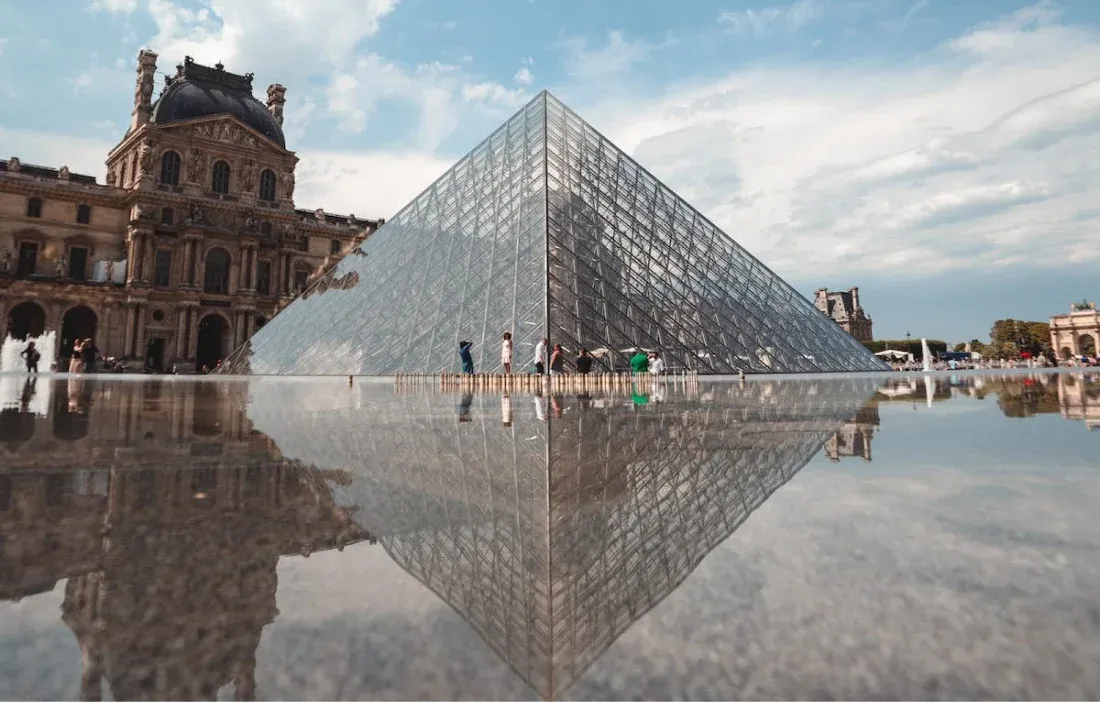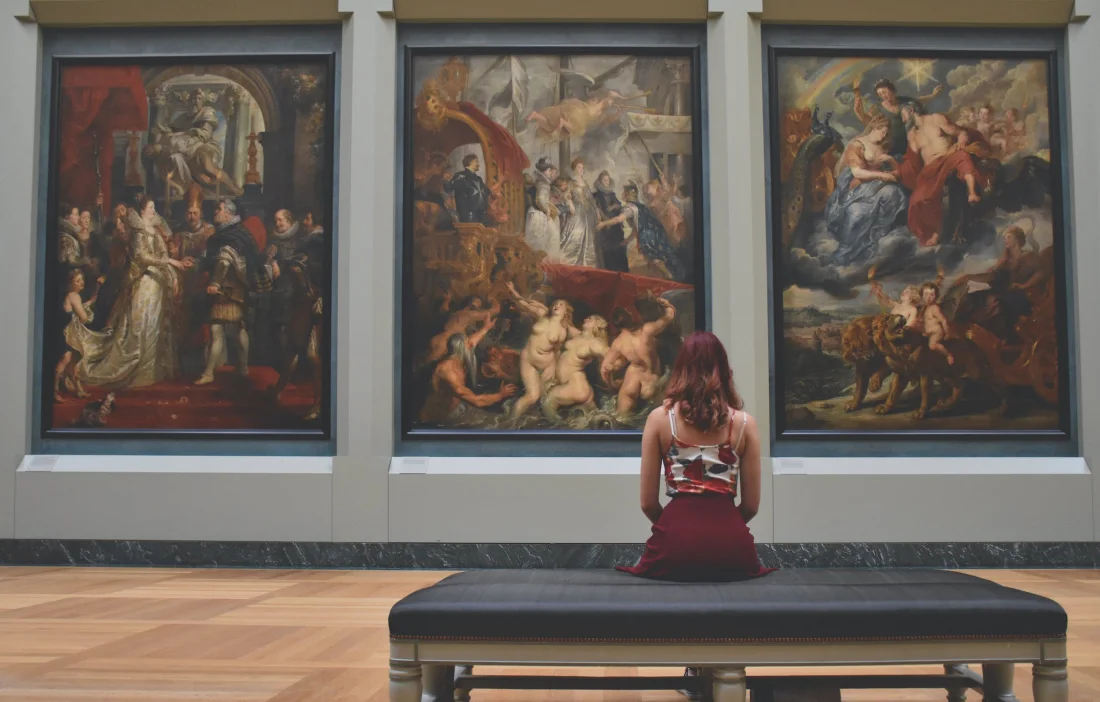Nestled in the heart of Paris, the Louvre Museum stands as a timeless testament to human creativity, history, and artistic expression. Boasting an unparalleled collection that spans millennia, the Louvre is not just a museum; it’s a cultural icon and a global beacon of artistic achievement. From its storied history to its breathtaking exhibitions, the Louvre continues to captivate visitors from around the world.

The roots of the Louvre Museum stretch deep into history, echoing the progression of Paris itself. Originally constructed as a fortress in the late 12th century during the reign of King Philip II, the building’s evolution into a magnificent palace commenced in the 16th century, under the direction of King Francis I. Throughout the subsequent centuries, various monarchs expanded and transformed the Louvre, each imprinting their unique architectural and aesthetic visions upon it.
However, the Louvre’s journey from palace to museum truly began during the French Revolution. In 1793, the revolutionary government transformed the Louvre into a public museum, thereby making the royal collection accessible to all citizens. This act marked a pivotal moment in the democratization of art, as it shifted the purpose of the Louvre from a private sanctuary for royalty to a shared space for cultural enrichment.
Spanning over 600,000 square feet, the Louvre’s exhibitions are a labyrinthine journey through the annals of human creativity. The museum’s collection is astonishingly diverse, encompassing nearly every epoch and culture imaginable. From ancient Egyptian artifacts and classical Greek sculptures to Renaissance masterpieces and contemporary artworks, the Louvre seamlessly bridges the gap between centuries and civilizations.
Among its most celebrated treasures is Leonardo da Vinci’s enigmatic masterpiece, the “Mona Lisa.” This iconic portrait continues to captivate audiences with its subtle charm and enigmatic smile. Equally famous is the “Venus de Milo,” an ancient Greek statue depicting the goddess of love and beauty, which stands as a testament to the timeless allure of classical art.
The Louvre’s collection extends beyond paintings and sculptures to include decorative arts, artifacts, and historical objects. Visitors can marvel at the intricacies of the “Winged Victory of Samothrace,” a Hellenistic sculpture that exudes a sense of dynamic movement. They can also explore the Egyptian antiquities section, which houses the impressive “Code of Hammurabi,” one of the oldest known legal codes in human history.

Access to the Louvre Museum is granted through various ticketing options designed to accommodate the diverse needs of visitors. General admission tickets start at 32€ for the permanent collection. This ticket offers access to the museum’s vast array of artworks and exhibits, providing an opportunity to explore the diverse range of human creativity.
For those seeking a more personalized experience and deeper insights, guided tours are available at an additional cost. These tours are led by experts who provide context, stories, and historical background to enhance your understanding of the artworks.
It’s important to note that due to the Louvre’s popularity, advanced ticket reservations are highly recommended. This not only ensures a smoother entry process but also guarantees access to specific time slots for popular exhibitions. Additionally, visitors should keep an eye out for special exhibitions that may have separate ticketing requirements.
The Louvre Museum’s prime location in the heart of Paris adds to its allure and accessibility. Situated on the Right Bank of the Seine River, the Louvre is flanked by some of the city’s most iconic landmarks, including the Palais Royal, the Tuileries Garden, and the Seine itself. This central location makes the museum a perfect starting point for exploring the rich cultural tapestry of Paris.
Address: Louvre Museum, Rue de Rivoli, 75001 Paris, France
The museum’s central location also means that it’s well-connected to the city’s public transportation network. Visitors can easily reach the Louvre by metro, bus, or even on foot, depending on their preferences. The surrounding area offers a plethora of dining and shopping options, allowing visitors to complement their museum experience with other activities
